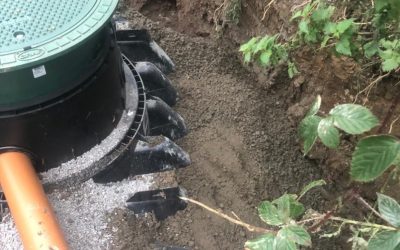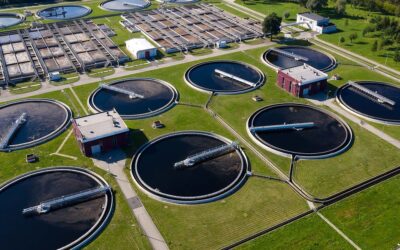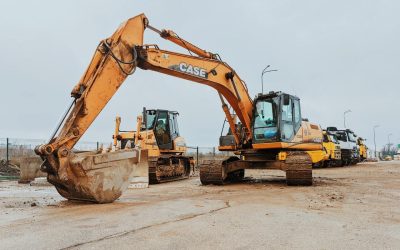If you are suffering from soakaway problems; don’t worry, you’re not on your own.
It’s very common for septic tanks to struggle to work due to issues with the soakaway, or more accurately, the drainage field. A drainage field is the correct term for pipework on the outlet of a septic tank, and its function it to take the contaminated water (effluent) discharging from a septic tank and percolate it through the soil where the aerobic bacteria in the ground can feed on the contaminants in the effluent, cleaning it in the process.
A properly designed drainage field will last forever and a day.
It is very common for problems to exist due to drainage fields being installed in soil with insufficient drainage properties or pipework that is too deep. This will result in the drainage fields having a short life span and will be destined to fail.
Before installing a drainage field, it is imperative that a percolation test is carried out. A percolation test determines the drainage properties of the soil to enable an appropriately sized drainage field to be installed. It is all too common for builders to install a septic tank and a drainage field without performing a sufficient percolation test.
Without a percolation test, builders are gambling on the quality of the soil, and it’s the property owner who pays the price.
Drainage Fields rely on aerobic bacteria breaking down contaminants in the effluent, if the pipework is too deep the bacterium in the soil tends to be anaerobic bacteria. Anaerobic bacteria produces a waste product, which over time blocks the drainage field pipework causing it to fail.
At Wilson Utilities we carry out and document percolation tests before any installations so that our works are appropriate and present no problems in the future.
If you are suffering from problems with your soakaway, please call us. We will attend free of charge, determine the root cause of your problem and provide cost-effective long-term solutions.





